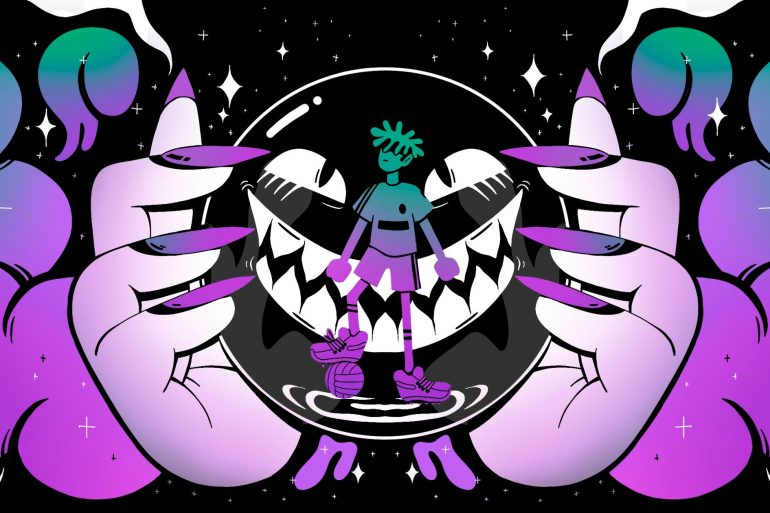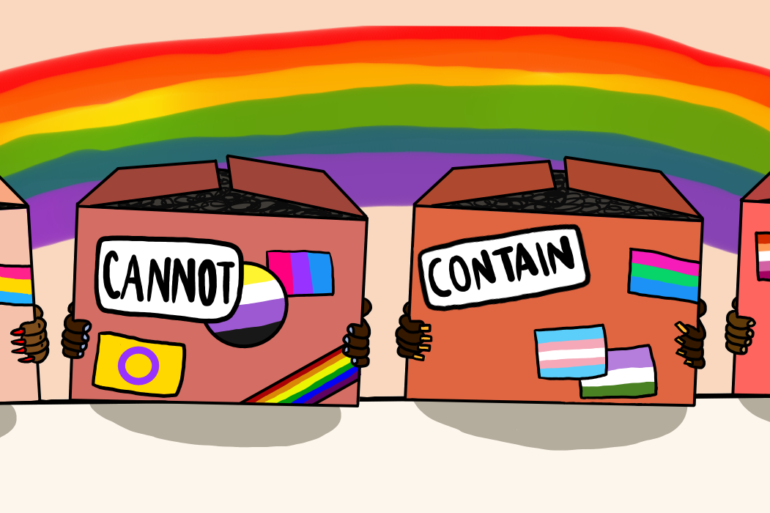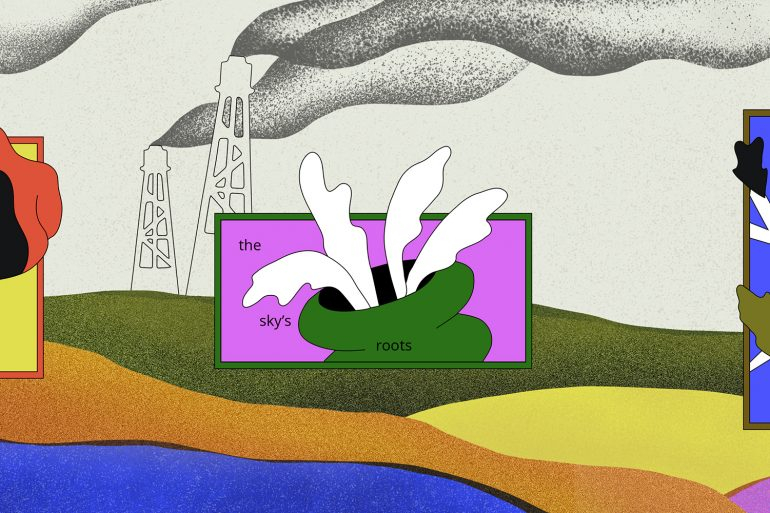The so-called ‘migrant crisis’ is a fabrication of the political outlook of the global north. It is nothing more than a demonisation of desperate people who just want to live and thrive, and involves the weaponisation of borders to enforce violence against them. The persecution of migrants does not stop when they leave their country of origin but stalks them throughout perilous journeys to and within Europe. And if any people are fortunate to safely reach UK shores, the looming threat of deportation hangs over them.
However, there are those that are pushing back against these dangerous narratives. Grassroots actions such as immigration raid blocking and solidarity demonstrations outside detention centres have seen some success. And this community-first action should not be limited to organisation, but also to its documentation.
I spoke to Natasa Leoni, an activist and photographer who campaigns against deportations and supports people seeking asylum. Growing up with a father who came to the UK as a refugee, she was introduced to the importance of migrant rights at a young age, and has continued to channel that energy in many social and climate justice groups, including Care4Calais and her own non-profit Daisy Chain.
After searching for her photographic niche, Natasa began to focus on using it as a tool of activism – capturing the spirit of demonstrations but also the harsh realities faced by those seeking asylum in the UK.
Capturing solidarity
In June 2022, a solidarity protest took place at the Brook House Immigration Removal Centre near Gatwick Airport in the UK, against a deportation flight to take place. Planned by a variety of activists and groups including Care4Calais, SOAS Detainee Support (SDS) and Migrants Organise, the demonstration was powerful in highlighting the injustices of the Conservative government’s inhumane policy to deport asylum seekers to Rwanda.
The march reached right up to the gates of the detention centre. Chants of “refugees are welcome” and “we are with you” could also be heard echoed by detainees inside. Natasa was at the demonstration and managed to capture some iconic images which show the meaning of the struggle.
“I was there marching with my placards. When we arrived at the gate that was being blocked by the police, it felt like the right time to take out the camera,” she tells me. “We did a recce around the detention centre and found a gap in the fence which led to the garden of the facility. We saw someone on the inside of the fence wave his t-shirt. That’s when we realised that the detainees knew we were there. That was incredible! And that’s what I captured.”
“When I later went to edit the photo I took of a detainee with his fists up, I just burst into tears. It felt like this one photo so strongly captured all that I felt – frustration and solidarity and everything in one picture.”
The Brook House demonstration added pressure to stop the flight – and a last-minute legal challenge by the European Court of Human Rights resulted in the plane to Rwanda being grounded, albeit temporarily. Though the battle against this policy is not over, with the UK Home Office already planning another deportation flight, the solidarity shown here to detainees must be used as a building block to further resistance.
That Natasa so vividly captured the proceedings and spirit of this important protest with a few shots shows activist photography can be a vital act of truth-telling around issues of social justice.
Natasa continues: “Going into a protest , I am definitely there first as a volunteer or an activist first and a photographer second. I just happen to have a skill I can offer to help the story last beyond that moment. It’s important to me – I would still be there if I didn’t have a camera, so I’m not there just to simply capture it, I’m there to care and give my voice.”
Countering unfair press coverage
The use of activist photography at migrant solidarity demonstrations can also serve as an important counter-weight to mainstream press coverage of the same events. Having someone who is actually involved in the cause, and taking part in the protest, creates a more organic chronicling of the action than an ‘outsider’ photographer only showing up to fulfil a narrow criteria of capturing the protest.
As Natasa elaborates, “When the press goes in, it feels like they already have a story and are just looking for content to match it. Whereas if you’re going in as a protestor or activist, you are blank, you will just see what happens as it does.”
This divergence applies doubly to scenes of migrant struggles. Around Calais and other parts of Northern France, migrant camps still abound with people from the global south awaiting entry into the UK. There is a popular myth that after the infamous ‘Calais Jungle’ camp was demolished in 2016, such spaces ceased to exist. However, ‘unofficial’ camps made up of temporary settlements remain. The migrant and refugee narrative is so distorted in our culture, that space to actually represent the material conditions and plight of migrants is limited. Documenting the ongoing existence of such places is an urgent task.
Care4Calais importantly provides direct aid to refugees in Calais, including necessary resources they don’t have access to such as food, clothes, sanitation and sleeping bags. In her capacity as a volunteer for Care4Calais, Natasa spoke of a time where her connection and solidarity with migrants produced a more ‘natural’ way to accurately capture the shocking conditions that many people live in whilst awaiting safe passage to the UK.
“While I was volunteering, a load of journalists turned up and one asked me to introduce them to someone who would be ‘willing’ to speak to the press. It felt so wrong that they had just rocked up one day and didn’t know anyone’s names or stories but expected that kind of ‘access’ from people who hadn’t seen them before and wouldn’t naturally trust them.”
Tabloid tactics
Sometimes the involvement of press – and particularly tabloid – photographers in covering sensitive migrant stories can take a more sinister turn. As people seeking asylum are forced to make the perilous journey across the English Channel in small dinghies, they are often met on the other end by volunteers and activists from grassroots groups such as the human rights monitoring organisation Channel Rescue. The group attempts to observe people arriving by small boat to UK shores to check they are being treated correctly by the RNLI and Border Force, in what is known as ‘spotting’, and further that they are not harassed by right-wing groups.
Natasa describes a time when she had been spotting on the UK coast with Channel Rescue, and witnessed appalling use of photography by tabloid journalists.
“I spotted a dinghy arriving and went down to the beach to welcome the people. But there were loads of horrible press there. My friend and I asked them not to take photos of people without getting actual consent from them in their own language. We ended up just standing in front of the photographers’ cameras because they were definitely not going to blur the images out. We just decided to block it from happening – and they got really angry! There’s often a group of journalists from right-wing papers at spottings, I can now recognise them. If I see them, I’ll just stand in front of the cameras, because I know they’re not going to run a good story.”
Their behaviour speaks to the predatory nature of right-wing coverage of refugee and migrant news, and further highlights the space that activist photography can fill in truth-telling about the plight of migrants in France, the UK and, no doubt, Rwanda if the government’s inhumane deportation plan comes to fruition.
Community is everything
The importance of using photography within activism as a tool to publicise and counter popular misconceptions about migrants parallels the recent surge in community solidarity around the issue. Community organising has always been vital to bypass the blockages of top-down structures, but recent grassroots successes have highlighted their centrality to the movement to defend migrants in particular.
Subscribe to shado's weekly newsletter
Exclusive event news, job and creative opportunities, first access to tickets and – just in case you missed them – our picks of the week, from inside shado and out.

Groups such as Lewisham Anti-Raids have helped successfully force police and immigration officers to stop immigration raids by sending calls to the local community – who then outnumber the officials, block the area and crowd them until they are forced to abandon the task. Anti-raid alerts go out across a vast network of decentralised groups, which encourage self-organisation and mutual assistance as forms of resistance to the UK’s hostile state in regards to refugees and asylum seekers.
Community-driven resistance is a remedy to all aspects of the asylum process. A lot of the complexities of claiming asylum are hidden in bureaucratic cruelties: the waiting, the uncertainty, the fees, and the constant trying to prove who you are and why you are deserving of humanity. Natasa and her friend started a Sussex branch of Care4Calais to help with this process, which can involve finding lawyers or signing up to schools. We need more initiatives, volunteers, activists and groups like these to turn the tide against the prevailing narrative.
Fighting the hostile state on all fronts
Photography by activists like Natasa too plays a role in providing a grassroots pushback against authoritarian legislation by the UK government which targets migrants. The Nationality & Borders Bill, and the Police, Crime, Sentencing and Courts Bill serve to further criminalise marginalised communities such as travellers, diminishing already fragile rights and giving the government greater powers to deport and reject asylum seekers coming to the UK. Community mobilising will be one of the only weapons we have left at our disposal to fight such hostile laws. The role of a community photographer as a truth-teller in this instance stands in sharp contrast to photographers documenting protests or migrants crossing the channel for the sake of corporate or cynical ends only.
Community organising recognises that migrant rights are at the core of all activist struggles. Climate breakdown is reliant on exploitation of workers in the global south, who have disproportionate access to resources. Resisting the forces of colonialism and capitalism, which manifest in violent borders and deportations, is central to achieving both climate and migrant justice; there is not one without the other.
This is the movement intersectionality which informs Natasa’s work and should be at the forefront of any liberation campaign. Cross-movement solidarity is not just one of the options in front of us, it is the only option to truly uphaul the system.
The reality of the perilous journeys people are taking to reach Europe, the conditions of the camps they live in within these rich nations, how they risk their lives, how they are treated by the British and French authorities, and how they can be consigned to live in overcrowded detention centres awaiting deportations to countries where they could be further persecuted – these are all vastly important aspects of the global struggle for equality and migrant rights.
The documenting of these stories accurately is vital – to not reduce these human experiences to trivialities, or crises cynically promoted to stoke racism, fear and hatred. As with most forms of activism, this is best done by the grassroots, by people in the streets who are involved in the cause in some way – not just chasing the story for the story’s sake but motivated by a deep yearning for social justice.
Photography is a hugely beneficial tool to show the situation as it unfolds, visualising the struggle accurately, providing the context of the horrors of war and natural disasters, to the conditions we as a society are making our fellow human beings live in. Capturing this essence with a camera helps us come to grips with the world we have made, and can lay the blueprint of what to avoid when we create something beyond the cruelty of the status quo.
What can you do?
- Read Hope not Fear by Hassan Akkad.
- Read Migrant, Refugee, Smuggler, Saviour by Peter Tinti.
- Eat at Imad’s Syrian Kitchen in London.
- Consider volunteering or campaigning for refugee groups Care4Calais, Migrants Organise, Refugee Community Kitchen,Calais Appeal and Stop Deportations.
- Sign up to anti immigration raid alerts in your area to help resist them, and learn what to do if you see a raid happening.
- Listen to the fifth episode of Novara Media’s podcast series Planet B: Everything Must Change, which discusses migration in the context of the climate breakdown.
- Read Activestills: How photography can become a means of protest by Vered Maimon and Shiraz Grinbaum
- Use your own skills such as photography to document a migrant solidarity protest while protecting everyone’s identity, or to show the brutal reality of refugee struggles and deportations.
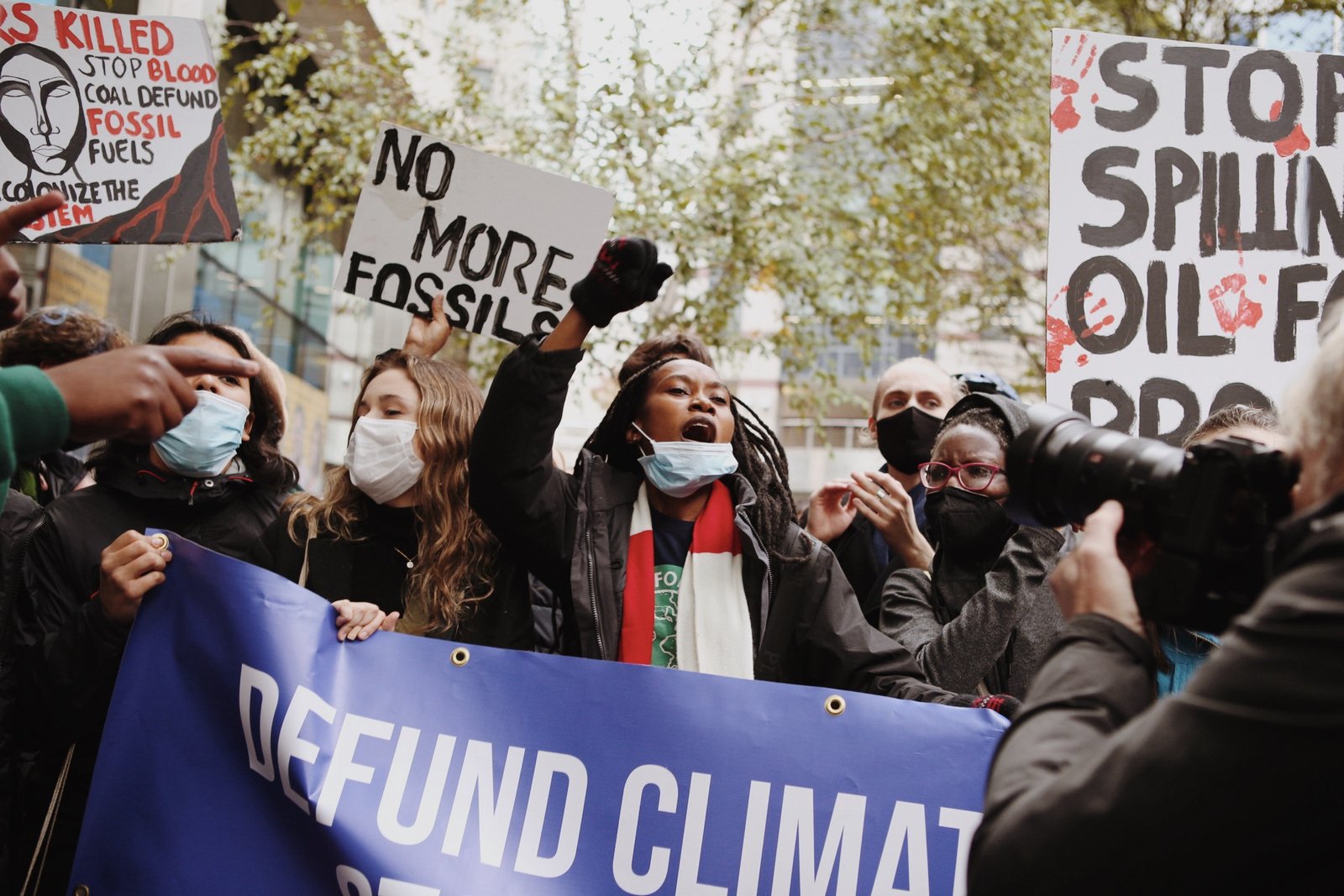
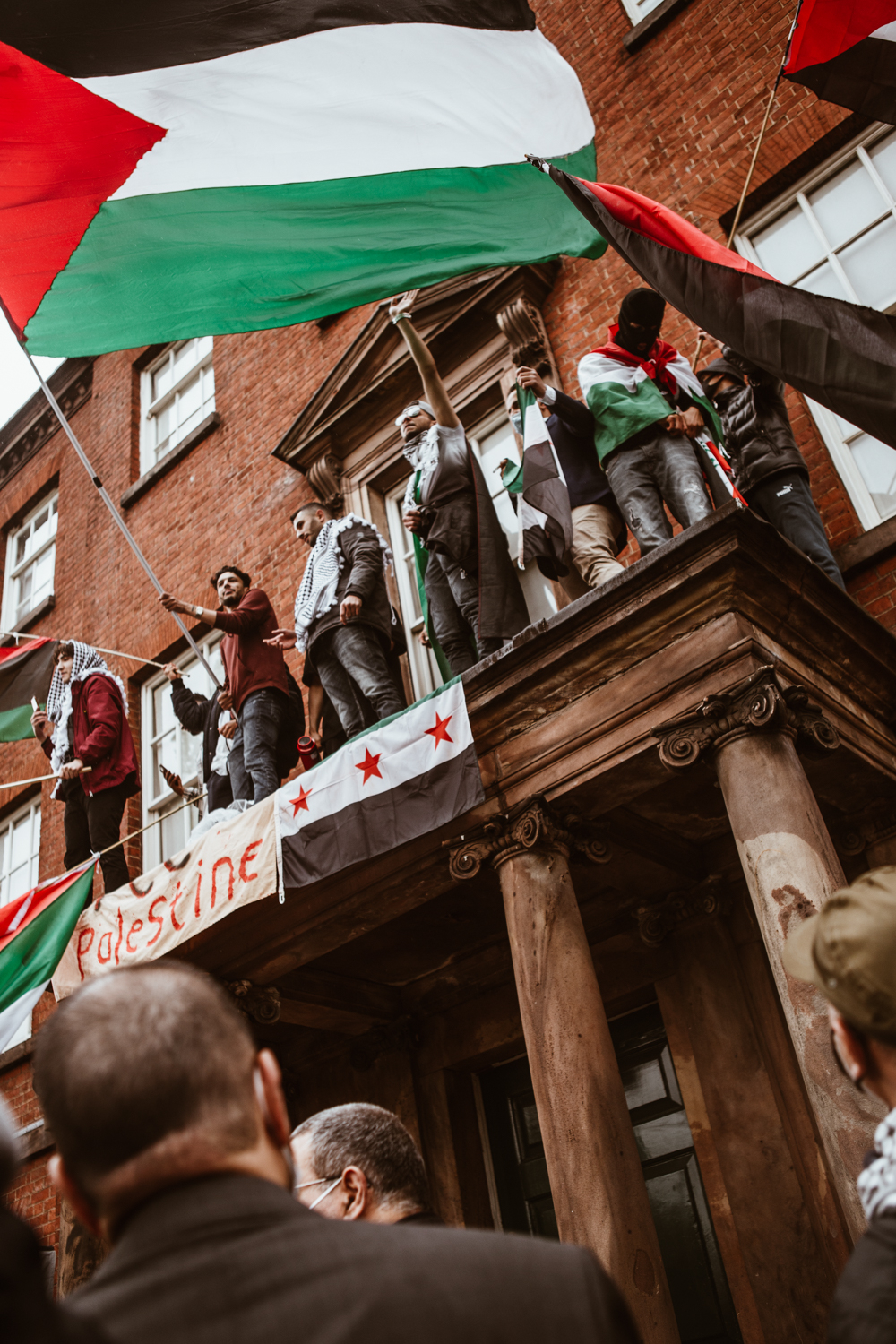

 Photography by Natasa Leoni @natasaleoni
Photography by Natasa Leoni @natasaleoni




